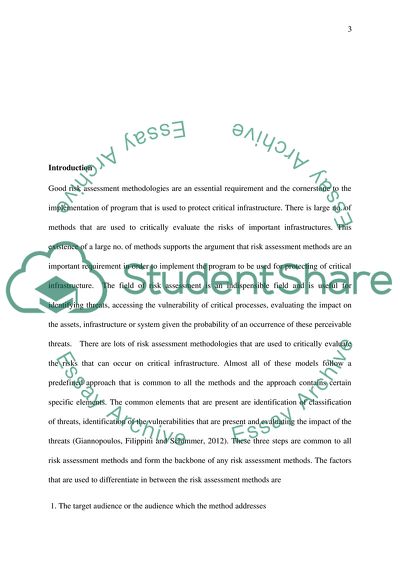Cite this document
(Risk Analysis Methods Research Paper Example | Topics and Well Written Essays - 2250 words, n.d.)
Risk Analysis Methods Research Paper Example | Topics and Well Written Essays - 2250 words. Retrieved from https://studentshare.org/information-technology/1868157-risk-analysis-methods
Risk Analysis Methods Research Paper Example | Topics and Well Written Essays - 2250 words. Retrieved from https://studentshare.org/information-technology/1868157-risk-analysis-methods
(Risk Analysis Methods Research Paper Example | Topics and Well Written Essays - 2250 Words)
Risk Analysis Methods Research Paper Example | Topics and Well Written Essays - 2250 Words. https://studentshare.org/information-technology/1868157-risk-analysis-methods.
Risk Analysis Methods Research Paper Example | Topics and Well Written Essays - 2250 Words. https://studentshare.org/information-technology/1868157-risk-analysis-methods.
“Risk Analysis Methods Research Paper Example | Topics and Well Written Essays - 2250 Words”, n.d. https://studentshare.org/information-technology/1868157-risk-analysis-methods.


